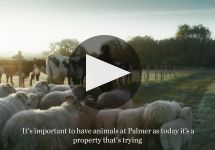Chateau Palmer (1.5 Liter Magnum) 2021
- Decanter
-
Wine
Enthusiast -
Robert
Parker -
James
Suckling -
Jeb
Dunnuck -
Wine
Spectator
Last call - only 5 left!



Product Details
Your Rating
Somm Note
Winemaker Notes
Château Palmer has always transcended fashions and trends to instead tap into a single voice: its terroir. The finesse and elegance of its Margaux roots, the softness and sophistication of its texture, the nobility of leather and the gentle caress of velvet. An almost identical blend of Cabernet Sauvignon and Merlot, rounded off with a touch of Petit Verdot, forge the Palmer style. The aromas offer an immersion in a bouquet of flowers, fruit, and spices, enveloped in a fleshy, generous structure.
Blend: 56% Merlot, 41% Cabernet Sauvignon, 3% Petit Verdot
Professional Ratings
-
Decanter
A showstopper of a wine that offers a fragranced nose of purple flowers, blackcurrant, cola and liquorice. Smooth and silky, this has a gorgeous weight and texture, full and filling, a density of chalky, almost chewy tannins but bright, juicy acidity. Excellent construction, delicately layered but builds to an impressive whole that has such allure on the palate. A joyous wine brilliantly delivered.
-
Wine Enthusiast
This juicy wine has aromatic black fruits that give way to cinammon spices and intense acidity along with dark, plush blackberry fruits.
-
Robert Parker's Wine Advocate
The 2021 Palmer has turned out beautifully in bottle, wafting from the glass with expressive aromas of blackberries, cherries and mulberries mingled with notions of iris, dark chocolate and spices. Medium to full-bodied, deep and concentrated, with an enveloping core of succulent fruit framed by rich, sweet tannins, it concludes with a long, expansive finish. It's a blend of 56% Merlot, 41% Cabernet Sauvignon and 3% Petit Verdot.
Rating: 95+ -
James Suckling
This wine is very fragrant, with blackberries, blueberries, black olives, bark and forest floor as well as some minerals and stone. Medium-bodied with racy and firm tannins that build to a fresh and steely finish. Needs three to five years to soften. You can almost taste the skins. Reminiscent of the 1995 Palmer but with more precision. 56% merlot, 41% cabernet sauvignon and 3% petit verdot. Best after 2028.
-
Jeb Dunnuck
The 2021 Château Palmer is 56% Merlot, 41% Cabernet Sauvignon and 3% Petit Verdot. It's similarly ruby/plum-hued yet is more tight and focused, with beautiful blue fruits, violets, graphite, and spicy oak aromas and flavors. As with all the top 2021s, it has an incredible purity, polished, and refinement, with silky tannins, a flawlessly balanced mouthfeel, and outstanding length. It’s one of the few 2021s that demands 4-6 years of bottle age and will have upwards of two decades of prime drinking.
-
Wine Spectator
Offers an almost juicy edge, making this difficult vintage stand out from the pack while giving its core of black cherry and black currant some energy. Subtle alder, tobacco and warm earth accents underscore the finish. Shows a late mineral twang, with just a wisp of the vintage's austerity. Serious kudos here. Merlot, Cabernet Sauvignon and Petit Verdot. Drink now through 2035.
Other Vintages
2024- Vinous
-
James
Suckling -
Robert
Parker
- Vinous
-
James
Suckling -
Jeb
Dunnuck - Decanter
-
Robert
Parker
-
James
Suckling - Decanter
-
Wine
Spectator -
Robert
Parker -
Jeb
Dunnuck
- Decanter
-
Wine
Enthusiast -
James
Suckling - Vinous
-
Jeb
Dunnuck -
Robert
Parker -
Wine
Spectator
-
James
Suckling - Vinous
- Decanter
-
Jeb
Dunnuck -
Robert
Parker -
Wine
Spectator
- Decanter
-
Jeb
Dunnuck -
Wine
Enthusiast -
Robert
Parker -
James
Suckling -
Wine
Spectator
-
James
Suckling - Decanter
-
Robert
Parker - Vinous
-
Wine
Enthusiast -
Jeb
Dunnuck -
Wine
Spectator
-
Wine
Enthusiast -
Jeb
Dunnuck - Decanter
-
James
Suckling -
Robert
Parker -
Wine
Spectator
-
James
Suckling -
Jeb
Dunnuck -
Wine
Enthusiast -
Robert
Parker -
Wine
Spectator - Decanter
-
Wine
Enthusiast -
James
Suckling -
Jeb
Dunnuck - Decanter
-
Wine
Spectator -
Robert
Parker
-
James
Suckling -
Robert
Parker -
Wine
Enthusiast -
Jeb
Dunnuck -
Wilfred
Wong -
Wine
Spectator
-
Wine
Enthusiast -
James
Suckling -
Robert
Parker -
Wine
Spectator
-
James
Suckling - Decanter
-
Wine
Enthusiast -
Robert
Parker -
Wine
Spectator
-
Jeb
Dunnuck -
Wine
Enthusiast -
James
Suckling -
Robert
Parker - Decanter
-
Wine
Spectator
-
Wine
Enthusiast -
Robert
Parker -
James
Suckling -
Wine
Spectator
-
Wine
Enthusiast -
Wine
Spectator -
Robert
Parker -
Wine &
Spirits -
Wilfred
Wong -
Jeb
Dunnuck
-
Robert
Parker -
Wine
Enthusiast -
Wine &
Spirits -
Wine
Spectator - Vinous
-
James
Suckling
-
Robert
Parker -
Wine
Enthusiast - Decanter
-
Wine
Spectator
-
James
Suckling -
Wine
Spectator
-
Robert
Parker
-
Wine
Spectator - Decanter
-
Robert
Parker
-
Robert
Parker
-
Robert
Parker -
Wine
Spectator -
James
Suckling
-
Robert
Parker -
Wine
Spectator
-
Wine
Spectator
-
Wine
Enthusiast
-
Wine
Spectator -
Robert
Parker
-
Wine
Spectator -
Robert
Parker
-
Robert
Parker -
Wine
Spectator
-
Wine
Spectator
-
Wine
Spectator
-
Wine
Spectator
-
Wine
Spectator
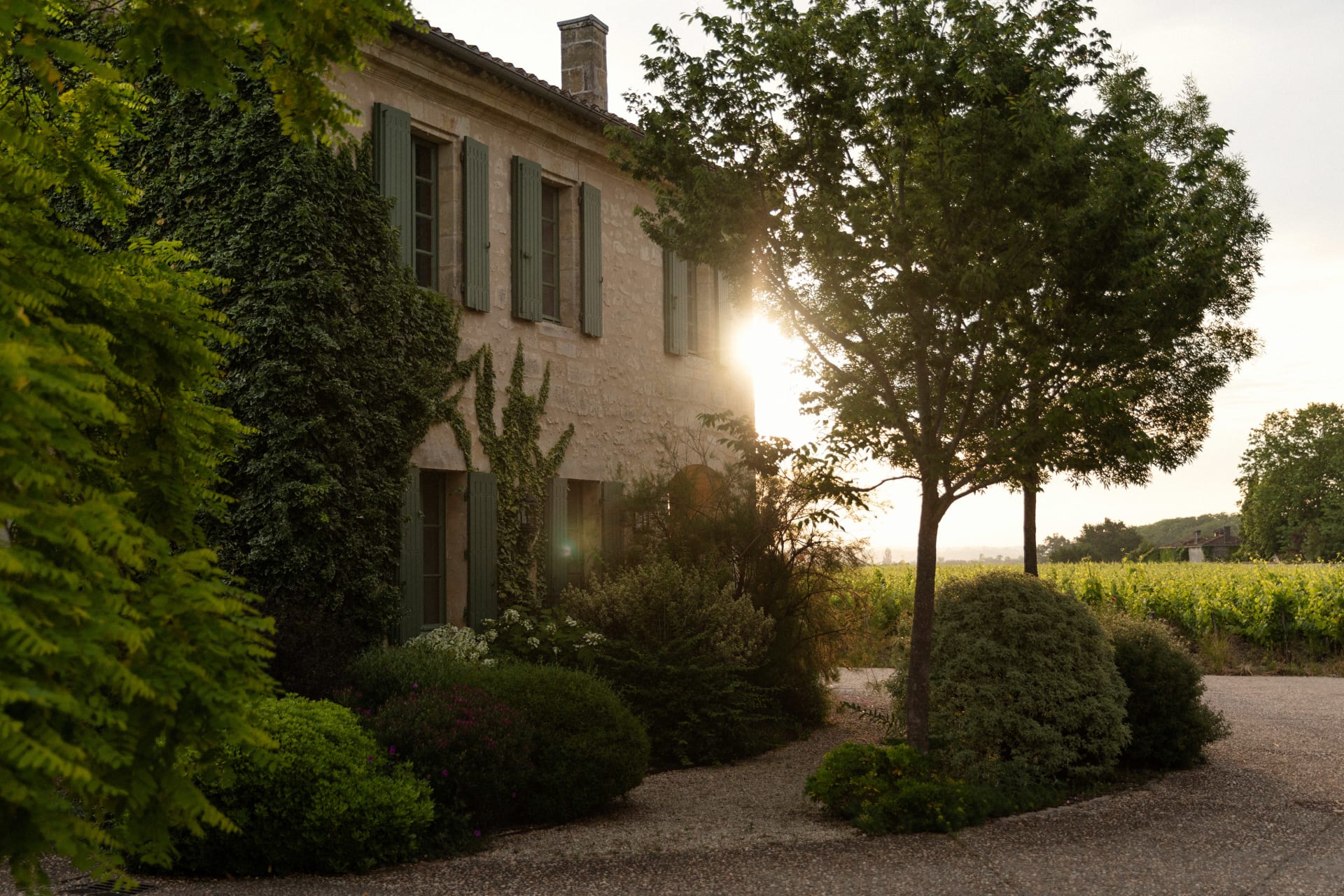

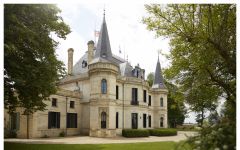


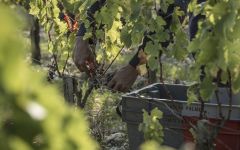

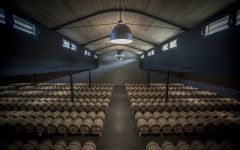
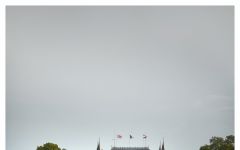
Château Palmer, A History of Passion and Perseverance
Among the mythic wines of the Margaux Appellation, Château Palmer has always stood apart, as instantly recognisable for its midnight blue label as for its inimitable bouquet, an uncommon blend of power and delicacy. It's a strength of character drawn from a fabled terroir, and from an ensemble of vibrant personalities who have forged the estate's identity through history.
Emerging in the 17th century, the estate only became Château Palmer in 1814, when it was acquired by Charles Palmer, a dashing British Major General who instilled his namesake with enough éclat and glamour to see it become renowned throughout London's aristocratic circles. In 1853, the Pereire brothers, among the preeminent financiers of Napoleon III's France, brought the rigour and vision needed for Château Palmer to be ranked among the most prestigious classified growths of the 1855 classification. In 1938, a consortium of four leading families in the Bordeaux wine trade acquired the estate, heralding an era of momentous vintages and deep-rooted stability – indeed, Palmer is still owned by the descendants of two of these families.
Today, the men and women leading Château Palmer into the 21st century are rhyming tradition with innovation in their passionate pursuit to capture the subtleties of one of the world's most legendary terroirs. Palmer's eminently complex wines, combining aromatic richness and extraordinary elegance with a beguiling velvet texture and remarkable ageing potential, are reflections of those spirited efforts and all that distinguishes this 66 ha estate. A veritable mosaic of soils, a unique vineyard planting of equal parts Merlot and Cabernet Sauvignon subtly enriched with Petit Verdot, and pioneering farming techniques that respect nature's exquisite equilibrium, together make these wines transcendent expressions of the Margaux appellation.
In 2004, the shareholders placed Thomas Duroux, a thirty-four-year-old agronomist and oenologist, at the head of Château Palmer. In 2007, Sabrina Pernet was named the château's technical director.
The estate has been certified organic and biodynamic agriculture (Demeter certification) since the 2018 vintage.

One of the world’s most classic and popular styles of red wine, Bordeaux-inspired blends have spread from their homeland in France to nearly every corner of the New World. Typically based on either Cabernet Sauvignon or Merlot and supported by Cabernet Franc, Malbec and Petit Verdot, the best of these are densely hued, fragrant, full of fruit and boast a structure that begs for cellar time. Somm Secret—Blends from Bordeaux are generally earthier compared to those from the New World, which tend to be fruit-dominant.

Silky, seductive and polished are the words that characterize the best wines from Margaux, the most inland appellation of the Médoc on the Left Bank of Bordeaux.
Margaux’s gravel soils are the thinnest of the Médoc, making them most penetrable by vine roots—some reaching down over 23 feet for water. The best sites are said to be on gentle outcrops, or croupes, where more gravel facilitates good drainage.
The Left Bank of Bordeaux subscribes to an arguably outdated method of classification but it is nonetheless important in regards to history of the area. In 1855 the finest chateaux were deemed on the basis of reputation and trading price—at that time. In 1855, Chateau Margaux achieved first growth status, yet it has been Chateau Palmer (officially third growth from the 1855 classification) that has consistently outperformed others throughout the 20th century.
Chateau Margaux in top vintages is capable of producing red Cabernet Sauvignon based wines described as pure, intense, spell-binding, refined and profound with flavors and aromas of black currant, violets, roses, orange peel, black tea and incense.
Other top producers worthy of noting include Chateau Rauzan-Ségla, Lascombes, Brane-Cantenac, and d’Issan, among others.
The best wines of Margaux combine a deep ruby color with a polished structure, concentration and an unrivaled elegance.
